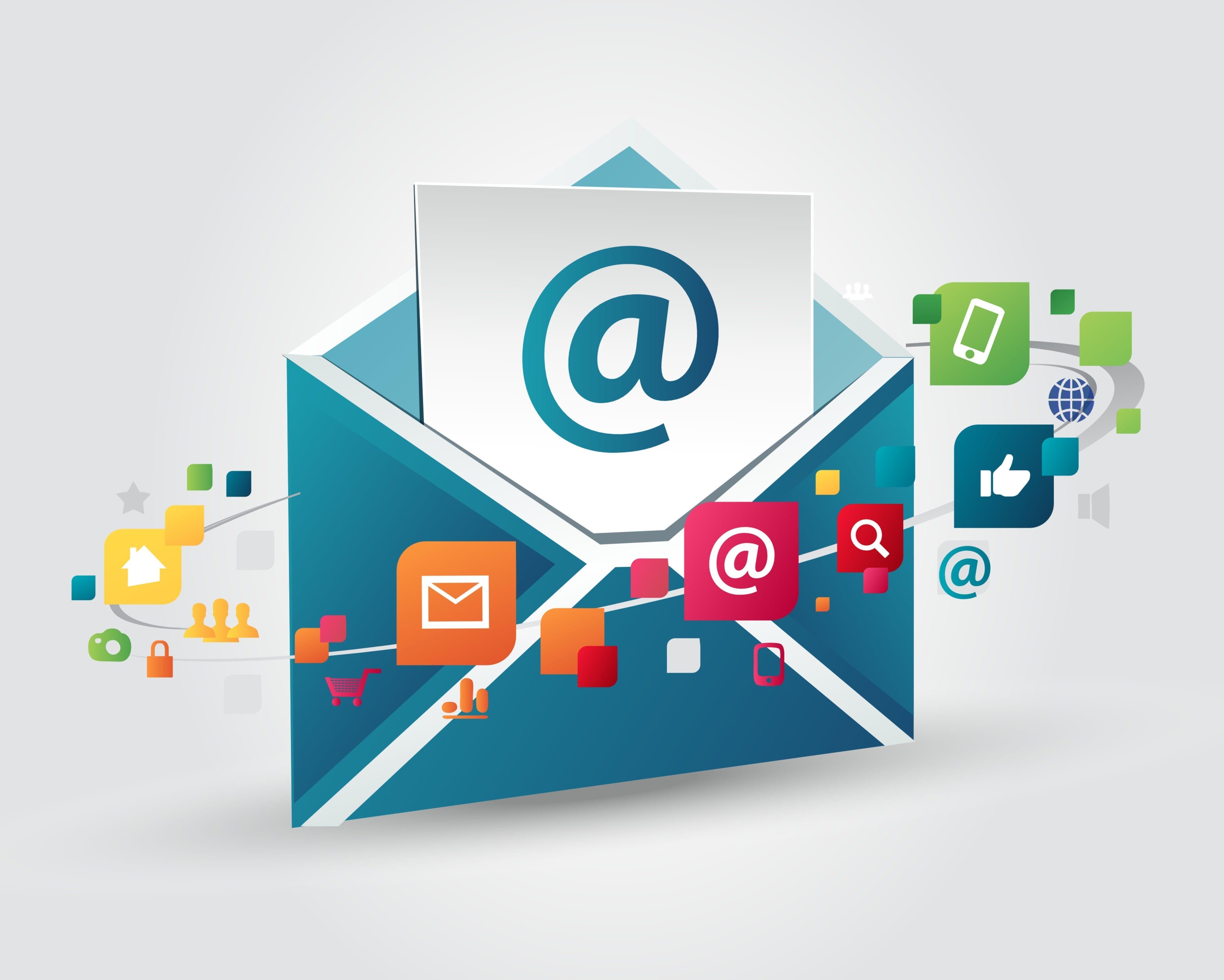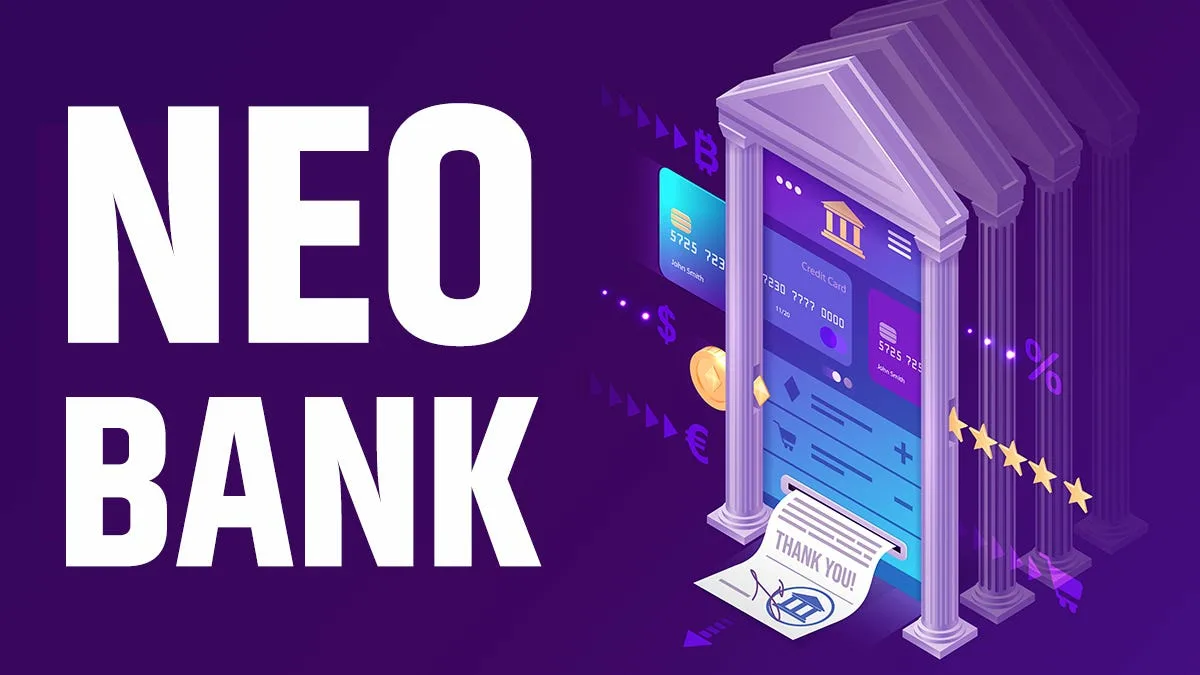Modern bank customers expect financial institutions to provide not just services, but communication based on understanding their real needs. That's why personalized marketing for banks it is becoming an increasingly relevant strategy. It helps you not just inform, but build trust relationships, increase loyalty, and offer services that truly meet the client's expectations.
To launch such a strategy in a bank account businessesit is important to move in stages. Below is a detailed analysis of each step, without too much theory and with maximum concentration on practice.
Customer awareness
Before you create marketing messages, you need to understand who your customers really are. It is important not to limit yourself to general characteristics, such as age or income. Pay attention to the following behavior:: how often the client uses the app, what services they choose, and what difficulties they face. This will give you an understanding of how the client lives and what they expect from the bank.
Conducting surveys, collecting feedback, and analyzing customer support calls-all this creates a vivid picture. This research helps you identify touch points where personalization is particularly relevant: notifications, emails, in-app banners, manager calls, and so on.
Creating segments
The next step is to identify groups of clients with common traits and habits. This allows the bank to speak the "language" of each specific audience. For example, young active users may respond more often to offers for cashback and profitable cards, and entrepreneurs-to services for a current account or business analytics.
It is important to keep in mind that the segments must be live-with the possibility of revision. A person can change their lifestyle, habits, and priorities. Therefore, segmentation requires constant updating and flexible configuration.
Working with data
The basis of such a marketing strategy is analytics. The more data you have, the higher the chance to talk to the client at a level that they understand. It uses data about transactions, geolocation, frequency of visits to branches, online banking activities, as well as the history of interaction with the call center.
It is important to set up secure storage of information and ensure its transparent processing. The client's trust in the bank is largely based on how confidentiality standards are observed.
In addition, analytical platforms allow you not only to collect information, but also to make forecasts: what products will be of interest to a particular client, at what point it is better to make an offer, and what is the probability of churn.

Personalization of communications
After segmentation and analysis, the most sensitive part begins — the formulation of requests. This applies to e-mail newsletters, push notifications, messages in the mobile bank, and content on the site.
The context and timing of the information is crucial. For example, if a person has just taken out a loan, you should not offer them other loans — it is better to show them tips on managing payments or remind them about the terms of early repayment. If the client is interested in investing, you can offer training, analytics, or a trial portfolio.
It is good practice to use the client's name, take into account their previous experience, and not overload them with messages. Smaller is better, but more accurate.
Implementing automation
You can't manually set up marketing on a large bank scale. So it's worth thinking about automation platforms: they help you run scripts that respond to the client's actions in real time. For example, the system can automatically send a notification when a suitable product appears, or offer a discount on the commission if the customer shows hesitation before buying a currency.
Automation also helps you test hypotheses. Comparing message options, channels, and feed forms allows you to choose more effective solutions.
Evaluating and improving the strategy
After launching campaigns, it is important to measure the results. It's not just about opening emails or the number of clicks. It is important to analyze whether personalization has led to repeated requests, increased interaction time, and increased satisfaction levels.
Financial institutions that regularly conduct such measurements can adjust the tone of communication, change offers, and better understand customers. This makes the whole process flexible and focused on long-term relationships, rather than one-time sales.
Combining the efforts of departments
To personalized marketing for banks It has become not a one-time promotion, but a part of the culture. It is necessary to establish interaction between departments: marketing, IT, product team, support service. Only in a bundle can you quickly respond to changes and ensure that all touch points are consistent.
For example, if the development department launches a new feature in an app, marketers need to be aware to include it in messages to relevant customers. And support staff — to be ready for questions.








